- Description
-
Details
In today's rapidly evolving educational landscape, smart classrooms have emerged as a transformative force, reshaping traditional learning environments and enhancing the educational experience. These technologically enriched spaces are designed to improve teaching effectiveness, boost student engagement, and foster a collaborative and interactive learning atmosphere. In this article, we will explore the quality attributes that define smart classrooms and their impact on modern education.
I. Introduction to Smart Classrooms
What are Smart Classrooms?
Smart classrooms are modern learning spaces equipped with advanced technology and digital tools to facilitate interactive and engaging teaching and learning experiences. These classrooms leverage a combination of hardware, software, and internet connectivity to enhance both the teaching and learning processes.
The Evolution of Smart Classrooms
The concept of smart classrooms has evolved over time, reflecting the increasing integration of technology into education. Initially, it involved the introduction of digital projectors and interactive whiteboards. However, today's smart classrooms encompass a broader range of technology solutions, including audio-visual systems, touch-sensitive displays, and collaborative software platforms.
II. Quality Attributes of Smart Classrooms
Smart classrooms are characterized by a set of quality attributes that collectively define their effectiveness and impact on education:
1. Interactive Learning Environments
One of the defining features of smart classrooms is their interactivity. These spaces promote active engagement through touch-sensitive displays, interactive whiteboards, and digital tools that allow students to participate actively in lessons. This interactivity encourages critical thinking and problem-solving.
2. Multimedia Integration
Smart classrooms integrate multimedia elements seamlessly into the learning process. High-definition displays, projectors, and surround sound systems ensure that educational content is presented in a visually and auditorily engaging manner. This multimedia integration helps students grasp complex concepts more effectively.
3. Wireless Connectivity
Robust Wi-Fi networks enable seamless internet access, providing students and teachers with real-time access to online resources, research materials, and collaboration tools. Wireless connectivity also supports remote learning, allowing students to participate in lessons from anywhere.
4. Digital Content Accessibility
Smart classrooms provide students with access to a vast array of digital content, including e-books, interactive simulations, and educational apps. This digital content enriches the curriculum, making learning more engaging, dynamic, and relevant to the digital age.
5. Collaboration Tools
Collaboration tools, such as video conferencing software and online collaboration platforms, enable students and teachers to work together on projects, share documents, and communicate effectively. These tools promote teamwork and communication skills.
6. Learning Management Systems (LMS)
Learning Management Systems serve as centralized platforms for managing course materials, assignments, grades, and communication. LMS platforms streamline administrative tasks for educators and provide students with easy access to educational resources.
7. Personalization
Smart classrooms support personalized learning experiences. Adaptive learning platforms and data analytics tools analyze student performance data and adapt the difficulty and pace of content, optimizing learning outcomes for individual students.
8. Assessment and Feedback
Smart classrooms often incorporate student response systems that allow teachers to assess student understanding in real-time. This immediate feedback helps educators tailor instruction to address students' needs effectively.
9. Accessibility and Inclusivity
Smart classrooms are designed to be inclusive, accommodating students with disabilities through assistive technologies such as screen readers, captioning tools, and digital aids, ensuring equitable access to educational resources.
10. Security and Privacy
Security systems, including access control measures and surveillance cameras, ensure a secure learning environment. Data privacy measures protect student information and comply with relevant regulations.
11. Energy Efficiency
Many smart classrooms prioritize energy efficiency through environmentally friendly lighting, HVAC systems, and smart sensors that optimize energy usage based on occupancy and environmental conditions.
12. Professional Development
To maximize the benefits of smart classrooms, educators require training and professional development to effectively use technology tools and digital resources in their teaching methods.
III. The Impact of Quality Attributes in Smart Classrooms
The quality attributes of smart classrooms have a profound impact on education:
1. Enhanced Learning Experiences
Smart classrooms create more engaging and immersive learning experiences for students. The integration of multimedia, interactive technologies, and digital content enhances students' understanding and retention of information.
2. Improved Student Engagement
The interactivity and multimedia elements of smart classrooms capture students' attention and keep them actively engaged in lessons. Enhanced engagement often results in better academic performance.
3. Personalized Learning
Smart classrooms support personalized instruction, allowing students to learn at their own pace and adapt the curriculum to their individual needs. This personalized approach can lead to improved learning outcomes.
4. Collaboration and Communication Skills
The collaboration tools and communication platforms in smart classrooms foster teamwork and communication skills, essential skills for the modern workforce.
5. Immediate Feedback and Assessment
Smart classrooms enable teachers to assess student understanding in real-time and provide immediate feedback. This allows educators to tailor instruction to address students' strengths and weaknesses.
6. Inclusive Education
Smart classrooms are designed to accommodate students with disabilities, promoting inclusivity and ensuring that all students can access and participate in the learning process.
7. Energy Efficiency and Sustainability
Smart classrooms often incorporate energy-efficient technologies and sustainable practices, contributing to environmental conservation and teaching students about responsible resource management.
8. Data-Driven Instruction
Data analytics tools provide educators with valuable insights into student performance, enabling data-driven instruction and early intervention for struggling students.
IV. Challenges and Considerations
While smart classrooms offer numerous advantages, there are also challenges and considerations to keep in mind:
1. Initial Costs
The upfront costs of implementing smart classrooms can be substantial. Schools must budget for hardware, software, training, and ongoing maintenance.
2. Professional Development
Effective use of smart classroom technology requires teacher training and professional development. Schools must invest in training programs to ensure educators can maximize the benefits of these tools.
3. Accessibility and Equity
Ensuring that all students have access to technology, both in school and at home, is a critical consideration. Schools must address issues of digital equity to prevent the technology gap from widening.
4. Data Privacy and Security
Collecting and storing student data in smart classrooms raise privacy and security concerns. Schools must implement robust data protection measures and comply with relevant regulations.
5. Technical Support
Smart classroom technology requires technical support and maintenance to ensure smooth operation. Schools should have a plan in place to address technical issues promptly.
V. The Future of Smart Classrooms
The evolution of smart classrooms is an ongoing process. Several trends are shaping the future of smart classroom solutions:
1. Artificial Intelligence (AI)
AI-driven tools will continue to personalize instruction, offering students tailored learning experiences based on their abilities and progress.
2. Extended Reality (XR)
The use of extended reality, including augmented reality (AR) and virtual reality (VR), will become more prevalent, offering students immersive and interactive learning opportunities.
3. Internet of Things (IoT)
IoT devices will play a larger role in education, providing real-time data on classroom conditions and student interactions.
4. Blockchain
Blockchain technology may be used to securely store and verify student records and credentials, simplifying the verification process for educational achievements.
In conclusion, smart classrooms are redefining the learning experience by leveraging technology to create engaging, interactive, and data-driven educational environments. These quality attributes contribute to enhanced learning outcomes, improved engagement, and personalized instruction. While challenges exist, the potential for enriching the educational experience and preparing students for the digital age makes smart classrooms a valuable asset in modern
Smart Classroom Images
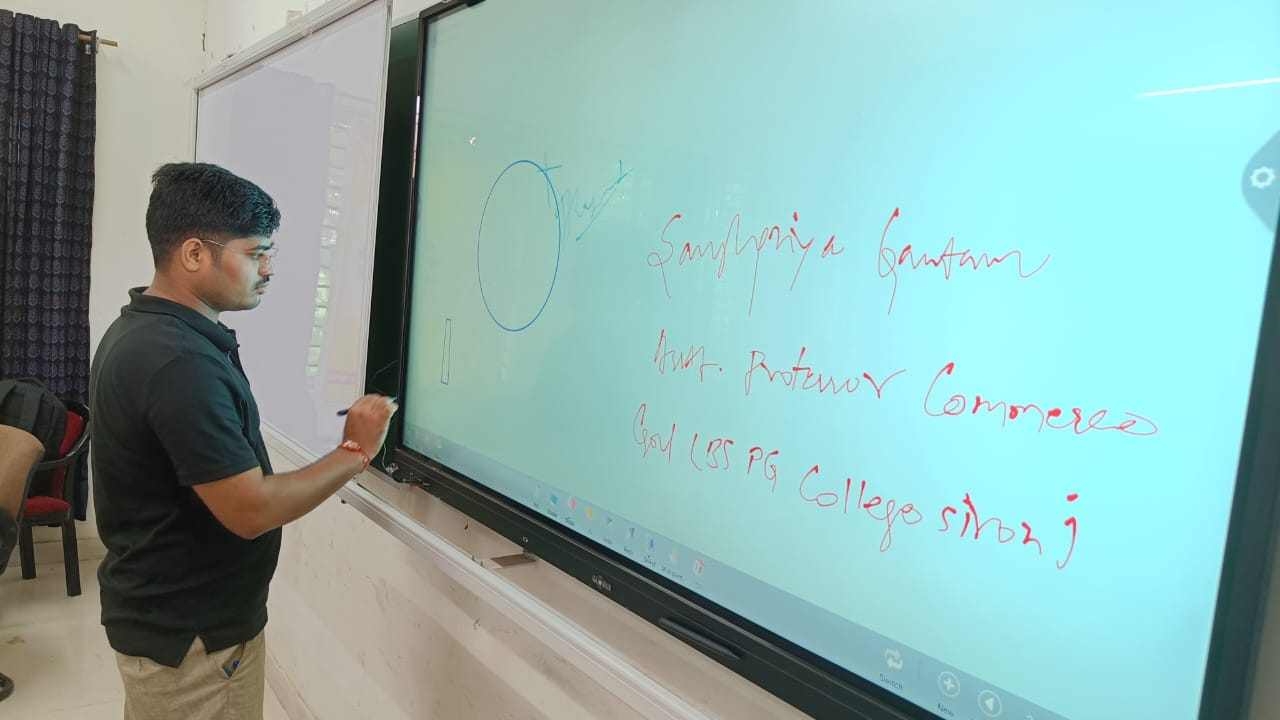
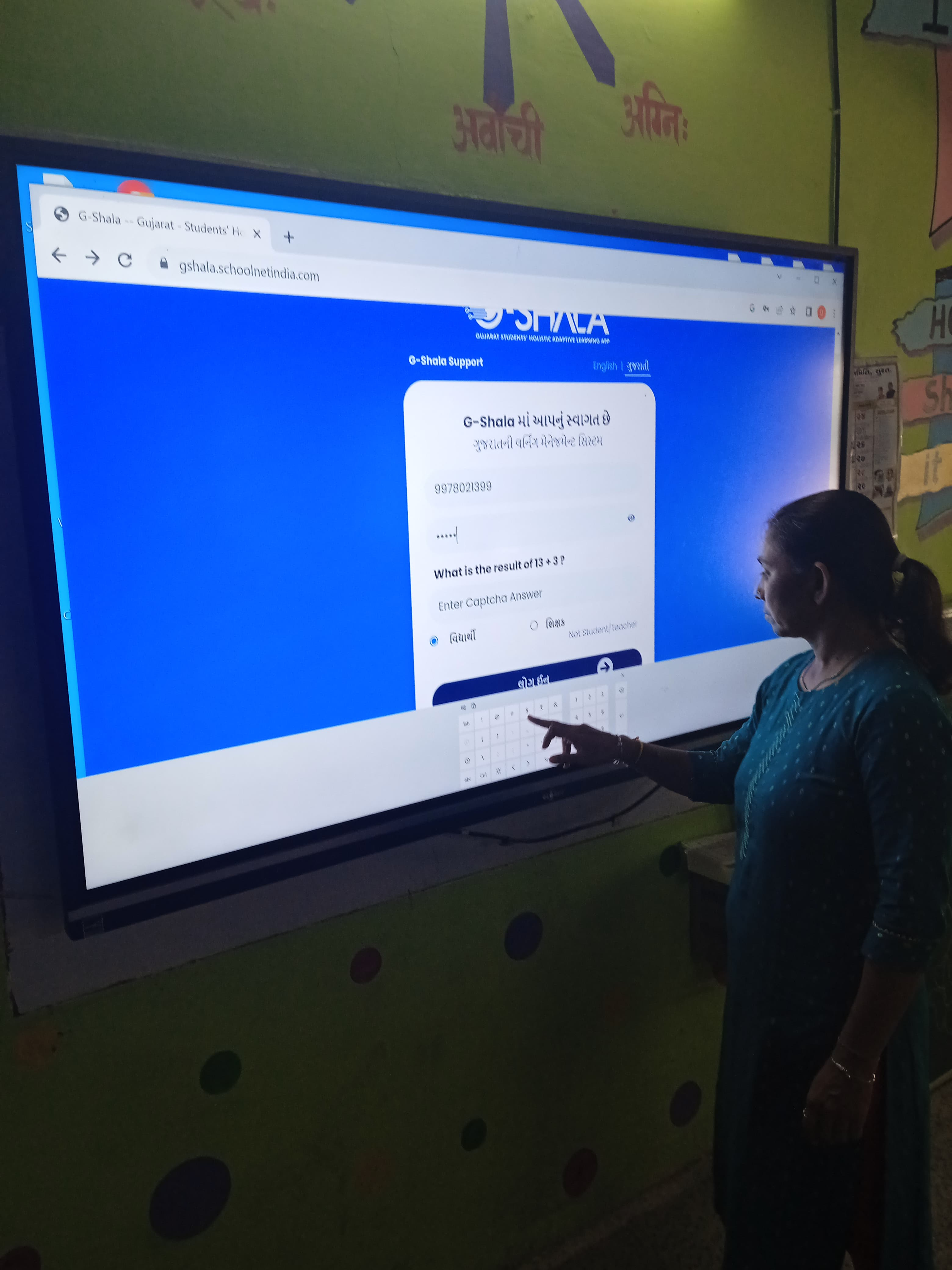

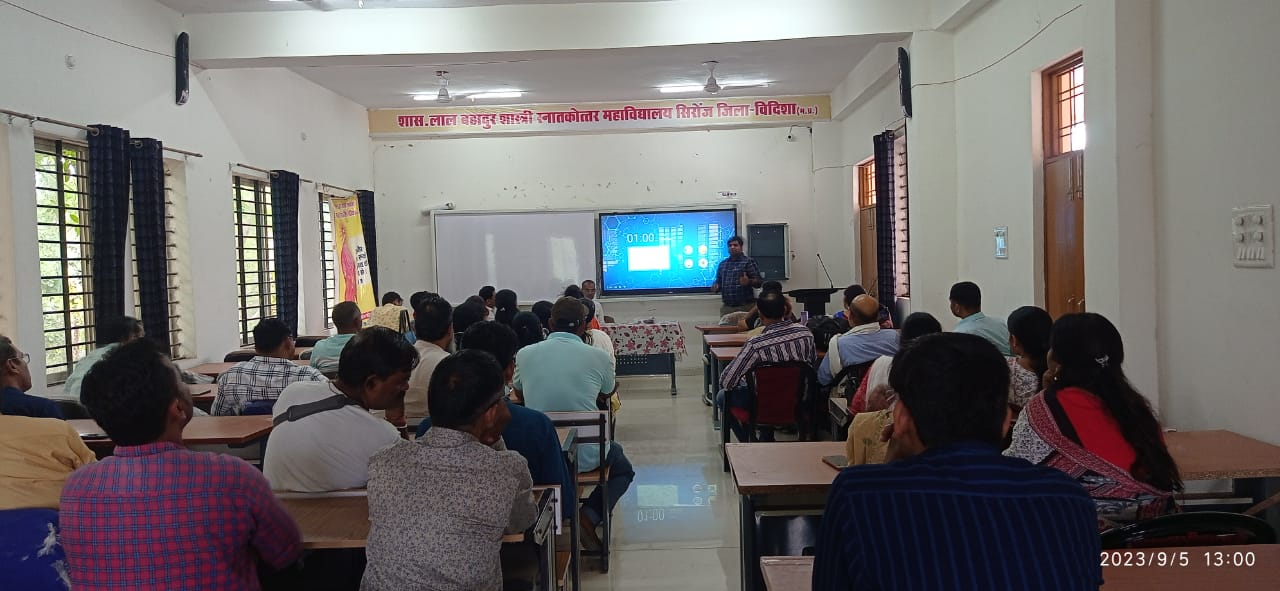
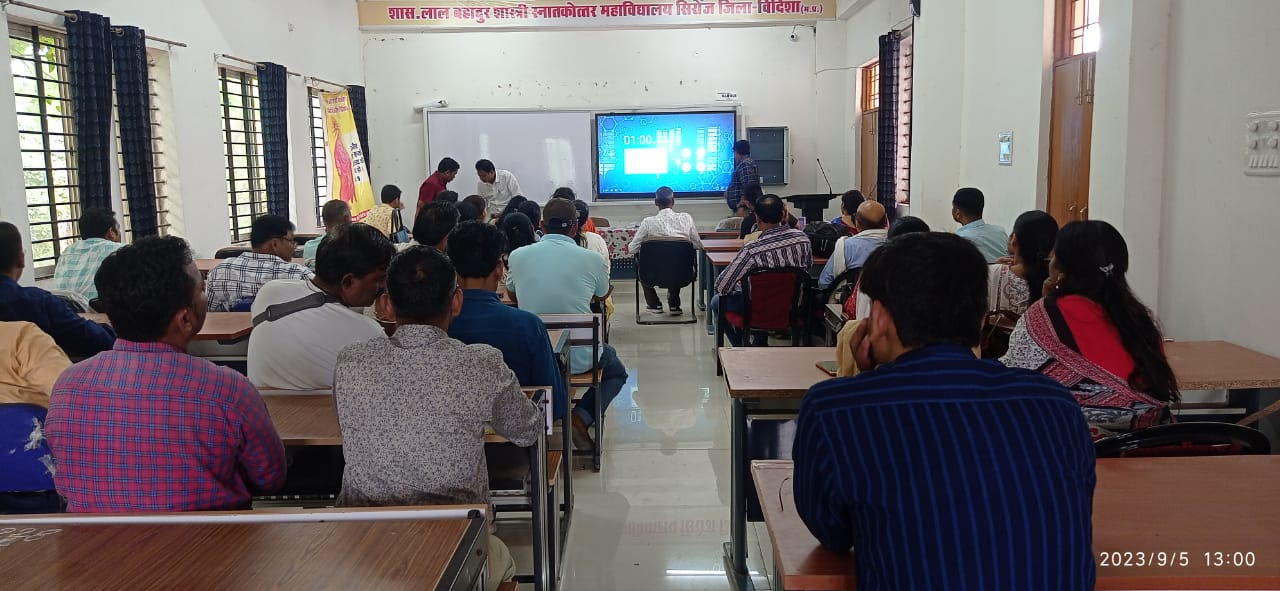
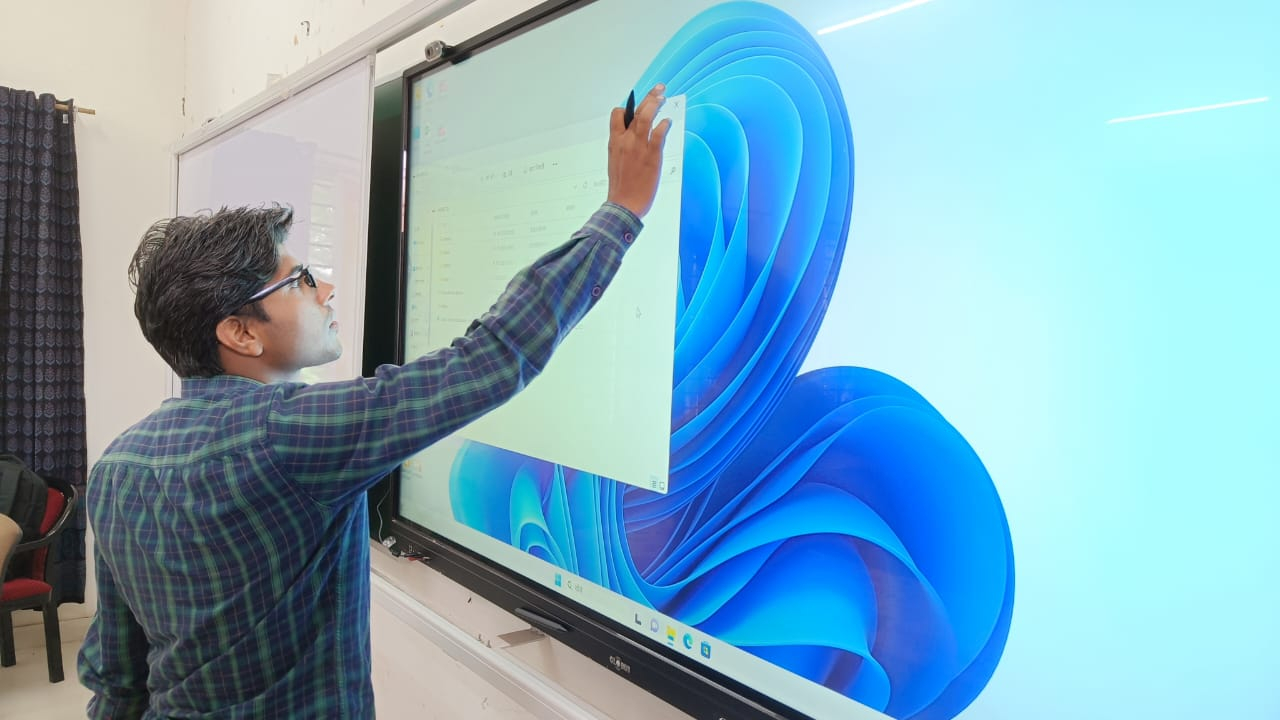
- Reviews
-
Default welcome msg!

